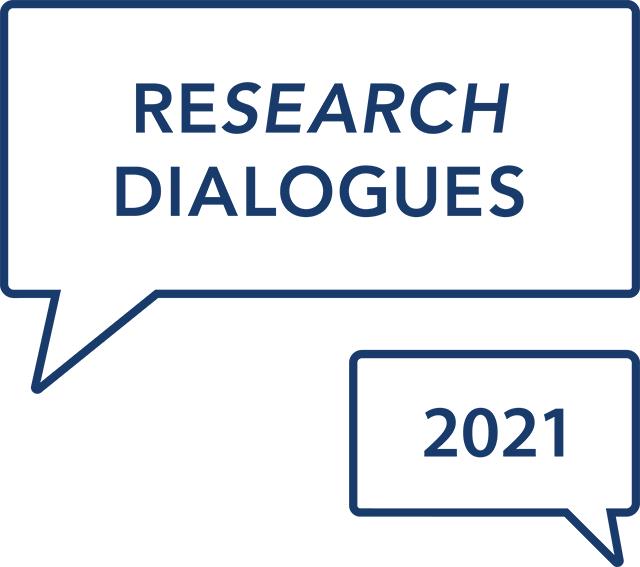Start Date
12-4-2021 10:00 AM
End Date
12-4-2021 10:00 AM
Publisher
University of Tennessee at Chattanooga
Place of Publication
Chattanooga (Tenn.)
Abstract
Bereavement is associated with increased risk of mortality, decrements in physical health, and diverse psychological reactions (Stroebe et al., 2007, p.1960). To cope, many turn to friends and family for emotional and instrumental support (Taylor, 2007, p.193). However, the support offered to the bereaved may vary based on the gender and/or sexual orientation of the bereaved. Previous research regarding the grieving process has mainly involved those in heterosexual relationships, with little focused on the grieving process for LGBTQ people; the LGBTQ research available generally focuses on addressing grief in HIV/AIDS-related deaths among gay males, resulting in a paucity of research on the experiences of lesbian women and gay men whose partners’ deaths were not HIV/AIDS-related within the literature (e.g., Almack et al., 2010). Research shows that same sex partners are more likely to experience disenfranchised grief after the loss of a loved one (Green & Grant, 2008). Disenfranchised grief is experienced when one “incur[s] a loss that is not, or cannot be, openly acknowledged, publicly mourned, or socially supported” (Doka, 1999, p.37). The current study aims to investigate the effects of sexual orientation and gender on perceptions of bereaved partners. Participants were recruited from undergraduate courses in psychology. Participants were asked to complete a demographic questionnaire, read a scenario depicting a bereaved partner, and respond to questions measuring their perceptions of the person depicted in the scenario (e.g. empathy, social support, expected grief time, proposed grief time). The study randomly assigned each participant a scenario in which they read about a straight man, a straight woman, a gay man, or a lesbian woman who lost their married partner. Preliminary results, including descriptive statistics and 2x2 ANOVA, will be presented. This research may have practical implications for social workers, counselors, and psychologists working with bereaved individuals, particularly those in the LGBTQ+ community. Implications and suggestions for future research will be discussed.
Date
4-12-2021
Document Type
posters
Language
English
Rights
http://rightsstatements.org/vocab/InC/1.0/
License
http://creativecommons.org/licenses/by/4.0/
Recommended Citation
Dickinson, John and Walker, Ruth, "Effects of Sexual Orientation and Gender on Perceptions of the Bereaved". ReSEARCH Dialogues Conference proceedings. https://scholar.utc.edu/research-dialogues/2021/posters/7.
Effects of Sexual Orientation and Gender on Perceptions of the Bereaved
Bereavement is associated with increased risk of mortality, decrements in physical health, and diverse psychological reactions (Stroebe et al., 2007, p.1960). To cope, many turn to friends and family for emotional and instrumental support (Taylor, 2007, p.193). However, the support offered to the bereaved may vary based on the gender and/or sexual orientation of the bereaved. Previous research regarding the grieving process has mainly involved those in heterosexual relationships, with little focused on the grieving process for LGBTQ people; the LGBTQ research available generally focuses on addressing grief in HIV/AIDS-related deaths among gay males, resulting in a paucity of research on the experiences of lesbian women and gay men whose partners’ deaths were not HIV/AIDS-related within the literature (e.g., Almack et al., 2010). Research shows that same sex partners are more likely to experience disenfranchised grief after the loss of a loved one (Green & Grant, 2008). Disenfranchised grief is experienced when one “incur[s] a loss that is not, or cannot be, openly acknowledged, publicly mourned, or socially supported” (Doka, 1999, p.37). The current study aims to investigate the effects of sexual orientation and gender on perceptions of bereaved partners. Participants were recruited from undergraduate courses in psychology. Participants were asked to complete a demographic questionnaire, read a scenario depicting a bereaved partner, and respond to questions measuring their perceptions of the person depicted in the scenario (e.g. empathy, social support, expected grief time, proposed grief time). The study randomly assigned each participant a scenario in which they read about a straight man, a straight woman, a gay man, or a lesbian woman who lost their married partner. Preliminary results, including descriptive statistics and 2x2 ANOVA, will be presented. This research may have practical implications for social workers, counselors, and psychologists working with bereaved individuals, particularly those in the LGBTQ+ community. Implications and suggestions for future research will be discussed.


